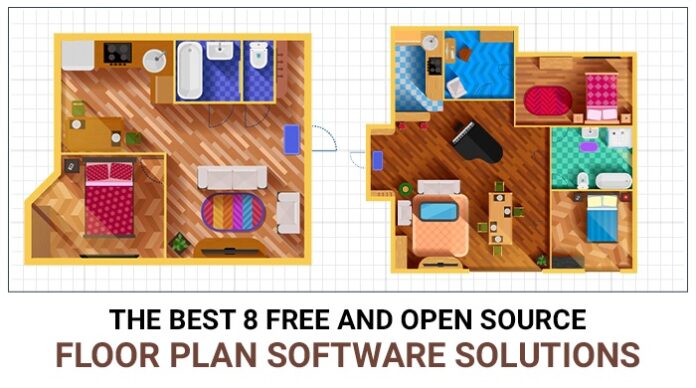Designing the plan of a residential, official, or commercial property is the first step in shaping it. Engineers take their time measuring the walls, doors, and furnishings to create an accurate floor plan. Some of the top Floor Plan Software allows engineers and architects to develop an exceptional floor plan using CAD-based designs.
A Floor Plan Software solution may assist in properly visualising the space, whether it is a household space, a commercial space, an industrial space, or even a venue space.
In this post, we will go through a few free and open source floor plan software solutions in depth and explain how the finest of them can help you get the greatest design of your house before it is built.
Floor plans are really popular right now!
The new and obsessive face of real estate is reflected in floor plans. Sometimes the projects are produced and displayed with such precision that one can readily visualise the location.
According to Statista’s 2018-19 survey, floor plans rank third in terms of buyer queries on prominent search engines. According to another study, adding floor plans to real estate purchase listings increased the click-through rate among buyers by 52%.
According to the report, one in every five buyers disregards a house that lacks a floor plan.
They rate floor plans higher than images and property descriptions. In the previous year, around 42 percent of buyers in the United States declined to work with an agent who did not provide a floor plan.
The Importance of Floor Plan Software
Creating a floor plan is a key step. The designs are produced to scale, and key drawings show how rooms may be formed, how spaces can be used, and how connectivity to other floor spaces can be developed efficiently.
Floor plan software assists you in creating your property, and if you are unsure, you may utilise the software’s templates to select one that meets your demands. To develop and submit your house plan using the floor plan software, you must first complete the following steps:
Floor Plan Evolution
The origins of architectural designs can be traced back to the existence of humans in cultures.
The concept of property design developed when multiple cities were formed during the first civilisation. Larger-than-luxury mansions, palaces, stores, and event venues were conceived and built for Kings and wealthy merchants on palm leaves and satin clothing, with wood, stones, elephant teeth, and a variety of other drawing materials.
Later, in the 1950s, professional engineers with specialised training arrived with their computer-based tools and systems. In the late 1990s, Microsoft Paint, Photoshop, and Corel Draw techniques became increasingly important.
With the evolution of the highly-engineered generation of the 2K era, the concept of making miniature floor plans and scaled diagrams was developed. Advanced floor plan software packages supported by 2D and 3D technology have made real estate planning more comfortable for small, medium, and large businesses, event management organisations, factories, and other residential and commercial buildings.
Floor Plans of Various Types
Though each floor plan is unique, you can maximise your benefit by selecting elements that add value to your type of floor space. There are three sorts of floor plans that can be used to generate a good design when combined with the appropriate software package.
Floor Plan Sketches – A floor plan sketch is a simple plan that contains the fundamental layout and dimensions of a property. It can be made more detailed by include diagrams of tables, beds, and other furnishings.
Blueprints for Construction – It is a detailed plan that contains all construction elements.
A builder will utilise this type of plan to finish a job, so the drawing must be accurate.
Site Plans – A site plan is a diagram that shows how a property or’site’ is laid out. It may include the location of buildings and structures, walkways and roadways, manicured spaces, gardens, pools, trees, and other features that surround the home.
Floor Plans in 2D and 3D
In this day and age of digital transformation, 3D floor layouts are becoming increasingly popular. These blueprints are virtual representations of a building’s floor plan. These drawings are frequently used to effectively communicate architectural ideas to persons who are unfamiliar with floor plans. Users believe that 3D plans are superior to 2D designs and are more cost effective. They are capable of displaying greater visual depth, especially when combined with 3D furniture and other room furnishings. As a result, it receives more positive feedback from users than typical 2D layouts.
2D Floor Plans: 2D floor plans are digital representations of architectural layouts in two dimensions. These drawings typically include comments and dimensioning of doors, windows, walls, ceilings, and furniture, among other things. These plans give users an aerial picture of the project and may appear as lines and text. These plans can also be generated in 2D colour using tools such as Coral Draw and Photoshop.
3D Floor Plans: 3D floor plans depict building layouts more realistically than 2D floor plans.
These designs can provide more detailed information on the interior of a building, such as floors, doors, walls, windows, and furniture entities. This presentation style is widely used by architects to develop designs for builders, who utilise them as a sales tool to market the building design to their final consumers. Builders rely heavily on 3D floor plans to finalise designs, advise on diverse planning, and offer interior alterations, among other things. The floor plan allows you to explore the aerial view and easily visualise the building’s internal design.
1. Sweet Home 3D
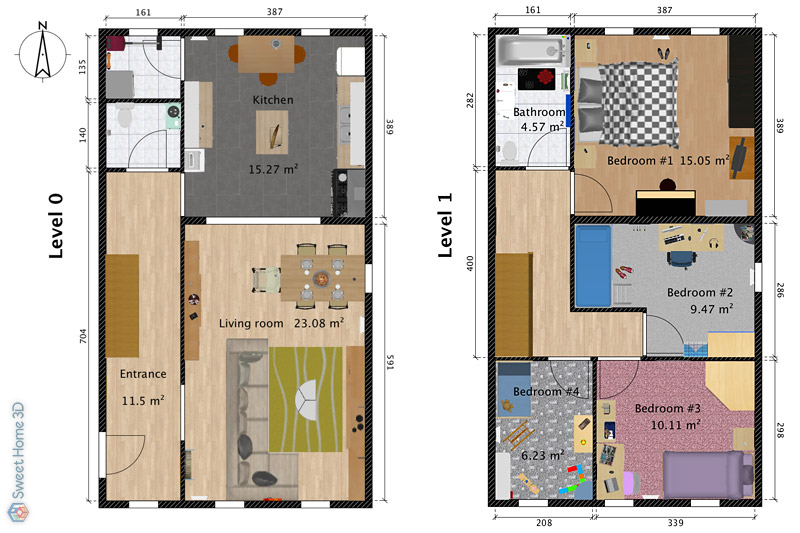
Sweet Home 3D is one of the most popular free and open source floor plan software solutions on the market today. There are two ways to utilise the software: you may either download it or use it online. The software is compatible with Windows, Mac OS X 10.4 to 10.14, Linux, and Solaris. The software is distributed under the GNU General Public License, and the latest version 6.1.2 was released on February 1, 2019.
2. Seamless 3D
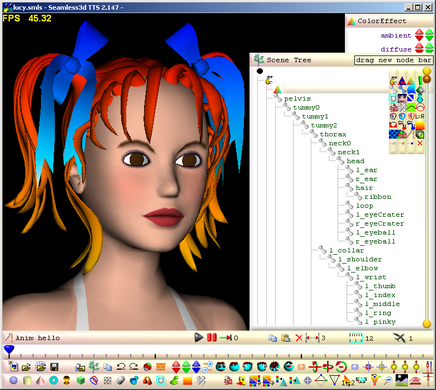
Seamless 3D is open source 3D modelling software that is free to use under the MIT licence.
It is a solid and useful piece of software that assists users in creating high-quality 3D animated material for the web. The software is written in C++ and runs on Microsoft Windows. The software’s stable version 3.004 will be released on January 25, 2017.
3. SketchUp
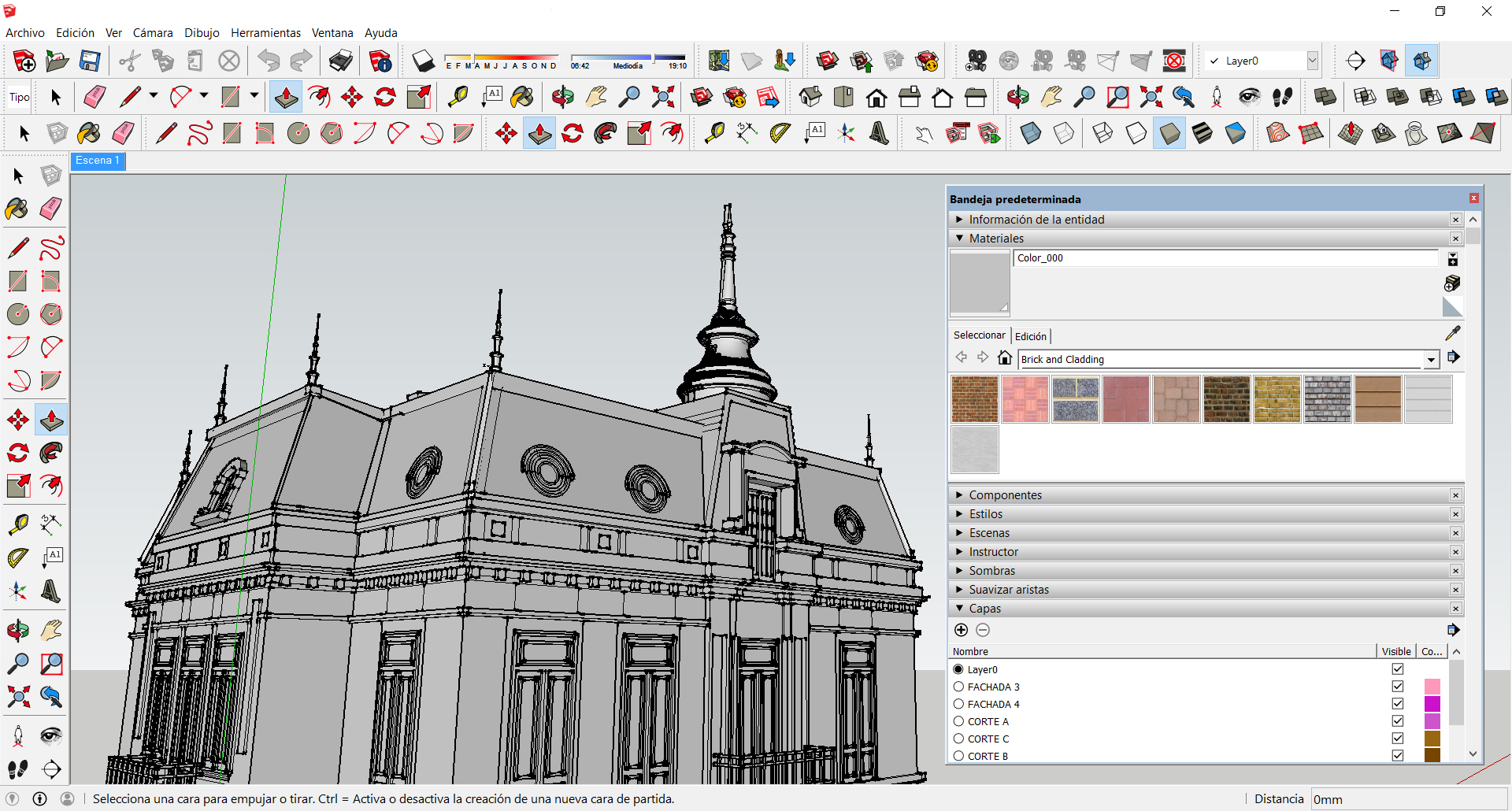
SketchUp – formerly known as Google SketchUp – is a 3D modelling computer tool used for a number of drawing applications such as architectural and interior design, civil and mechanical engineering, and landscape architecture. It is a web-based application with popular freeware version SketchUp Free and paid version SketchUp Make, making it popular freemium software. The software is available in English, French, Italian, German, Spanish, Korean, Japanese, Brazilian Portuguese, and Chinese (Simplified and Traditional) and runs on Windows 7 and later, as well as OS X 10.9. This software’s stable Windows 64-bit version 18.0.16975, Windows 32-bit version 16.1.1450, and MacOS 19.0.684 release date is January 5, 2019.
4. SmartDraw

SmartDraw is a powerful drawing tool for creating flow charts, mind maps, organisational charts, project charts, and other business-related visualisations. It is available in two versions: a downloaded edition for Windows desktops and an online edition. It is a freemium software that functions on Mac, Vista, Windows 7, and Windows 10 computers, with a stable version release date of April 2018. Its Microsoft Windows and web-client versions have been made available in over 100 different languages.
5. HomeStyler

HomeStyler is a free online software that EasyHomes acquired in 2017 to improve your home design experiences. It offers floor plan functionality for iOS and Android smartphones, as well as the web. The most recent floor plan version is 1.9.59, while the most recent website version is 3.0.0.
6. FloorPlanCreator

FloorPlanCreator is another important tool for rapidly and easily creating and sharing floor plans. You can develop a project live online using its web-based system, or you can download the app from GooglePlay. The software is ideal for creating thorough and precise floor designs, which may be obtained in 3D or printed to scale.
7. FloorPlanner
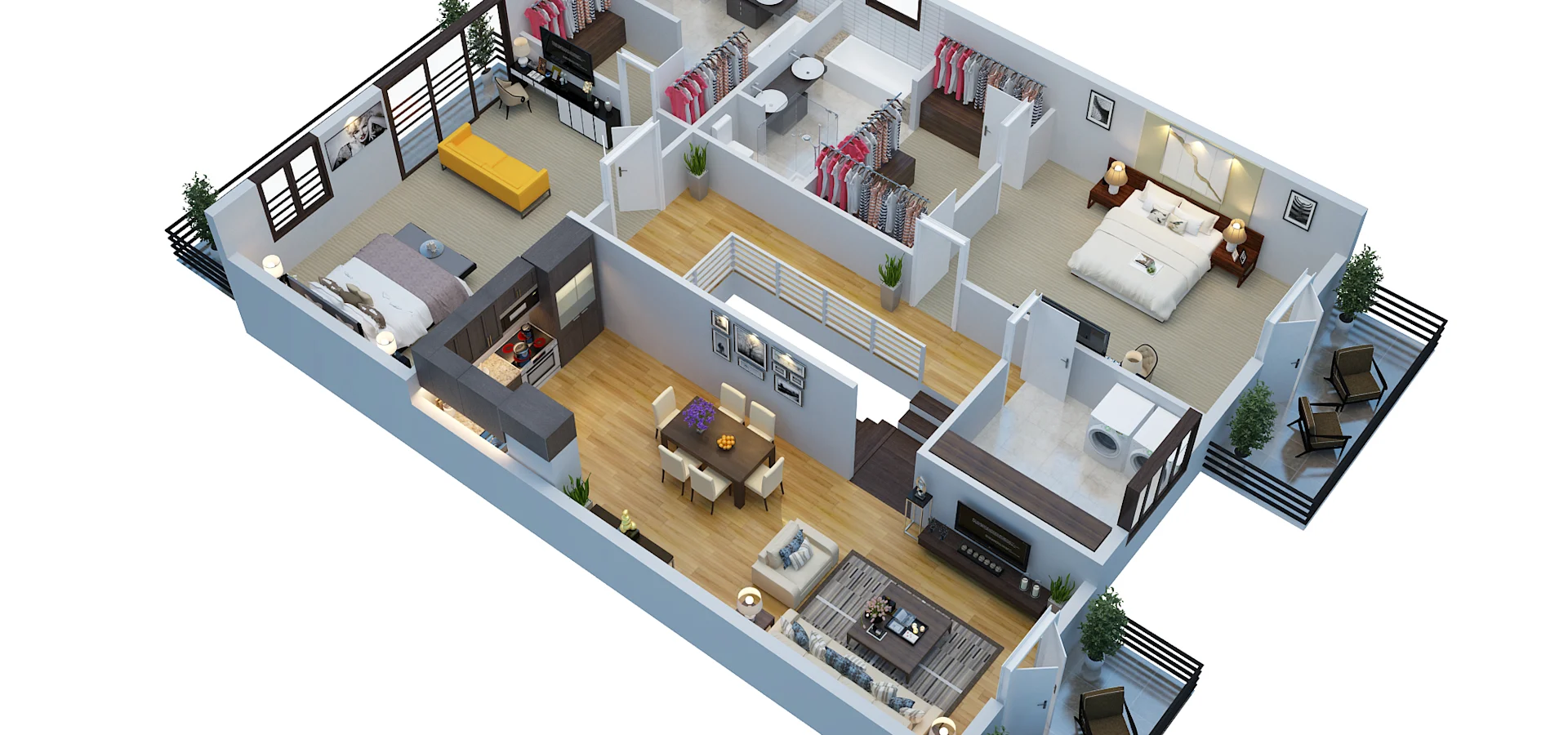
FloorPlanner is one of the greatest platforms for creating and sharing interactive floor plans online. FloorPlanner, founded in 2007, is a simple, light, and more accessible totally browser-based 2D & 3D property planner. It has over 20 million members worldwide and creates over 1,000,000 plans per month.
8. HomeByMe
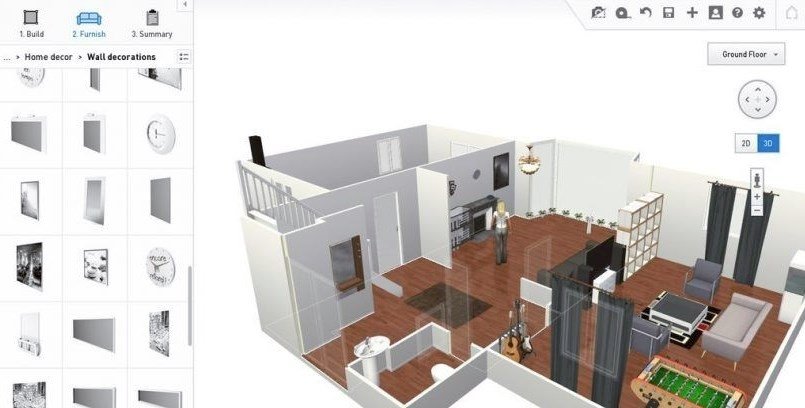
HomeByMe provides its valued customers with the greatest online 3D house design service.
It efficiently develops and manages home improvement projects for its clients. This project was created by 3DVIA, and its growing community already includes 1.5 million floor plans and interior design ideas submitted by architects, house builders, kitchen merchants, family, and friends.
Conclusion
In today’s time-consuming, exhausting, and hectic lifestyle, consumers are always looking for a straightforward choice to suit their property design needs. Aside from open-concept floor designs for residential properties, co-working office layout, combination office plan, indoor and outdoor event space layout planning has also become a growing trend among purchasers, who want every corner to be used properly and efficiently.
According to a recent survey, 85 percent of home movers regarded floor plans to be either beneficial or important. Half of those polled agreed that they had spent more time looking at a listing that included a floor plan. The Building Technologies Office (BTO), which works tirelessly to minimise commercial building energy usage, recently stated that 30% of energy utilised in commercial buildings and offices in the United States is wasted. As a result, many new official buildings and properties in the country are now efficiently developing floor space.
As a result, the need for commercial and individual floor planners and architectural designers in the United States is at an all-time high.
Floor Plan Software has recently been enhanced using artificial intelligence and 3D printing technology, which could improve floor planning. It might be the changing of colours with the seasons, the use of biometrics, or the ability to control other activities in the home using voice activation or sensors.

